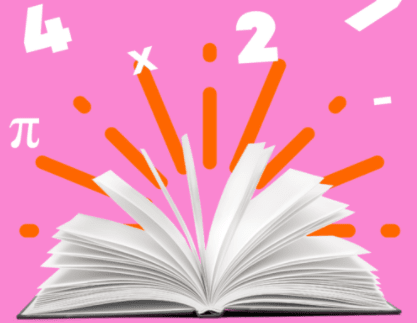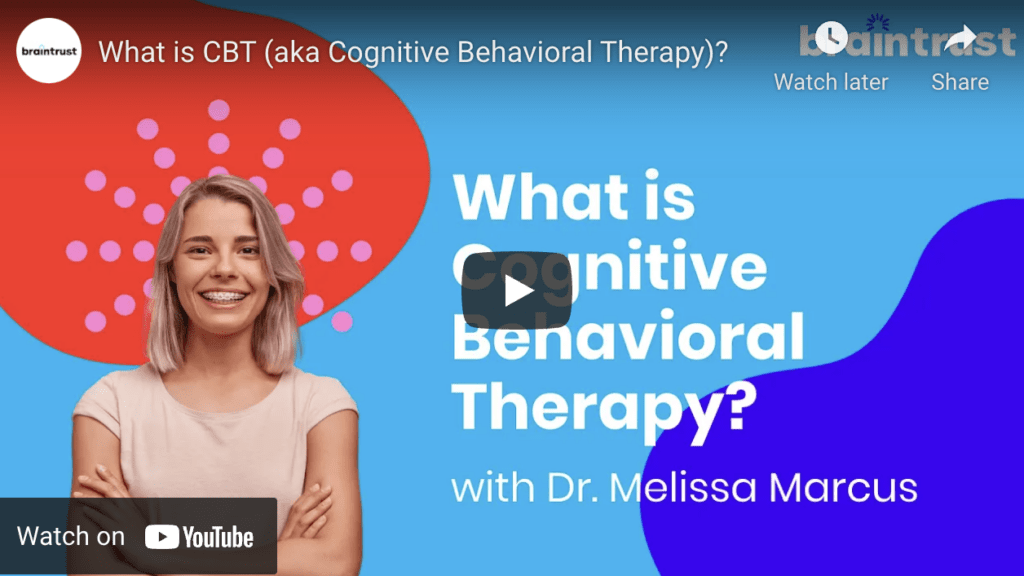
In every classroom, there are students at all ability levels: right on or around grade level, significantly above grade level, and significantly below grade level. It can be challenging to address a sea full of different needs, levels, interests, and learning styles all at once. Attempting to address them all in one lesson, or even in one day, can feel like an exhausting and fruitless task. But it doesn’t have to be.
The Importance of Knowing Where Students Stand
Many unsuccessful attempts to support all (or any) learners begin with a mistaken assumption of students’ strengths and weaknesses. Accurate and detailed diagnostic assessments enable a teacher to form more precise and appropriate interventions. An example of an excellent diagnostic tool is a writing sample, where students have a choice of prompt. A not-so-great diagnostic tool is a multiple choice test, where not only can students get the right answer at random, but their thinking is never visible. In general, be wary of diagnostics like this that do not give you detailed information about a student’s performance. General indicators such as “approaching grade level” do little to help you understand which skills students need to practice most.
The Power of Student Choice in Differentiation
There is no silver bullet for supporting students at a variety of levels, but student choice and agency remains an encouragingly effective pedagogical approach. Students present each day with a variety of skills, interests, backgrounds, and preferences. There is no one “typical” student and it stands to reason that no single lesson will effectively fit every student.
The most successful choice-based learning experiences have a few traits in common:
Clear Goals–Ensure that you understand what each student should be able to do by the end of the learning experience. Also ensure that students can see the end goal in language that makes sense to them.
Flexible Approaches–Suggest multiple ways that students can achieve the goals. Some students may struggle if you do not illuminate possible paths. Consider the barriers students might encounter and design supports that can help all students, regardless of the choices they make.
Accountability–A common misconception is that choice-based learning activities are simply fun and lack elements of assessment. But just like all instructional activities, choice-based learning should be tied to assessment and goals. Students should be consistently reminded of their goals, assess their own progress, and reflect on their performance.
It’s Not Rocket Science
Supporting students at every academic level is no easy task. Successful attention to all learners requires careful assessment and creative instruction. Still, it’s not rocket science. Productive assessments will help to reframe the entire challenge with an asset mindset: each student has a wealth of untapped talent and potential. Rather than see it as your job to patch every learning gap and remediate for each misunderstanding, imagine yourself as a creative facilitator whose unique skills can help students leverage their unique talents for academic success. Indeed, success in this endeavor enlivens classrooms and reminds both teachers and students exactly how fulfilling learning can be.




